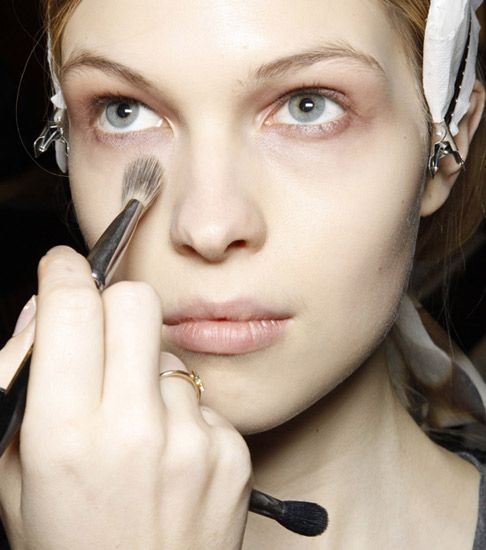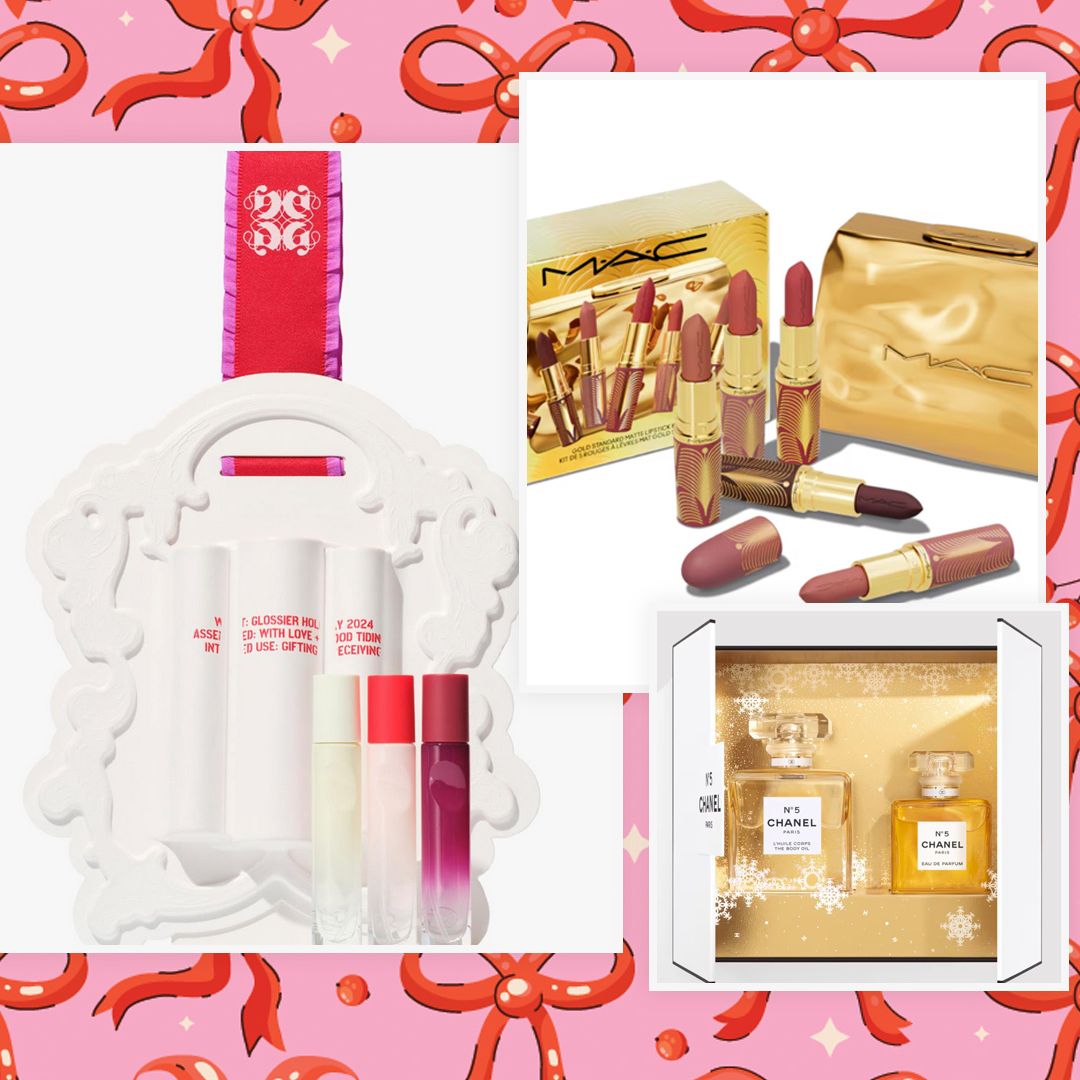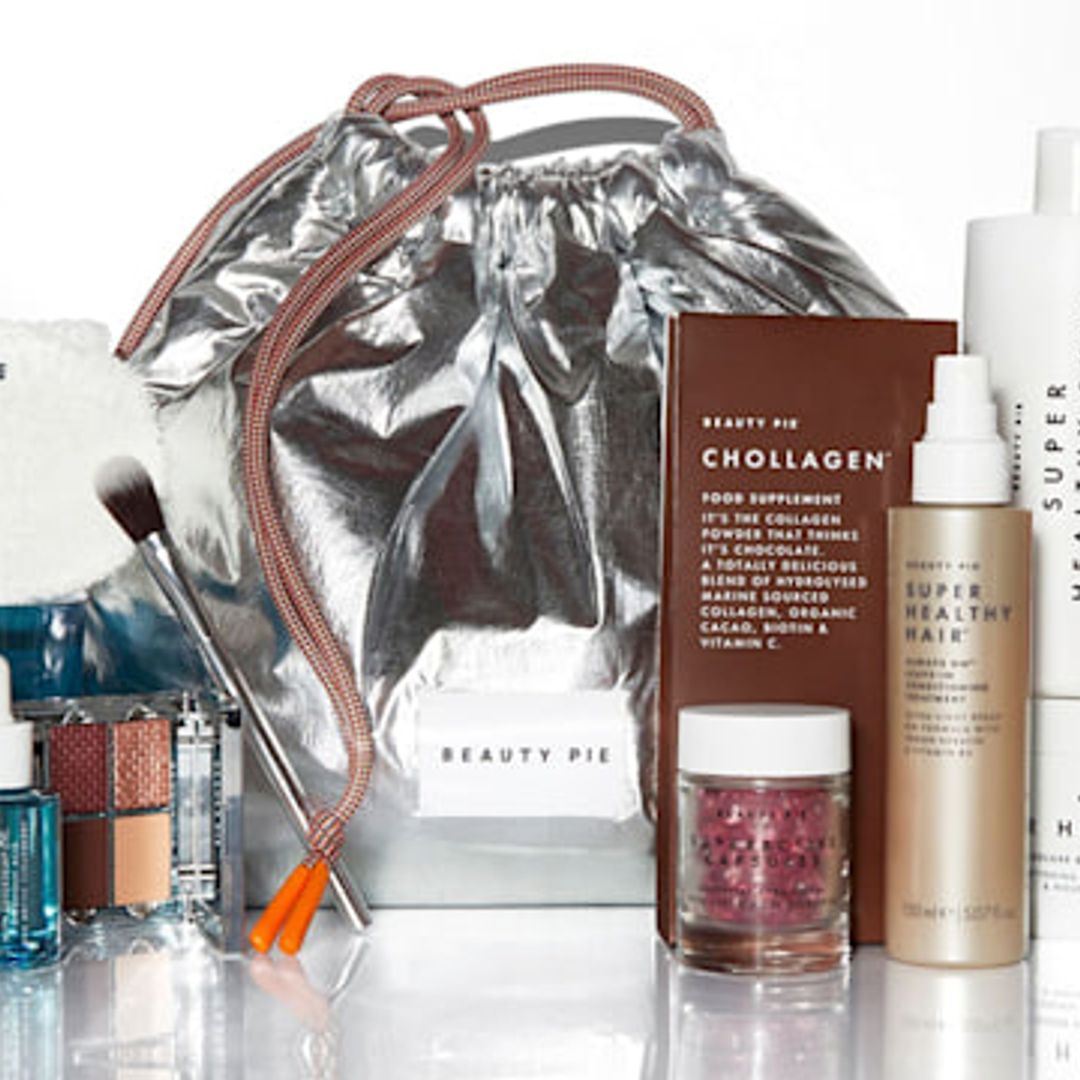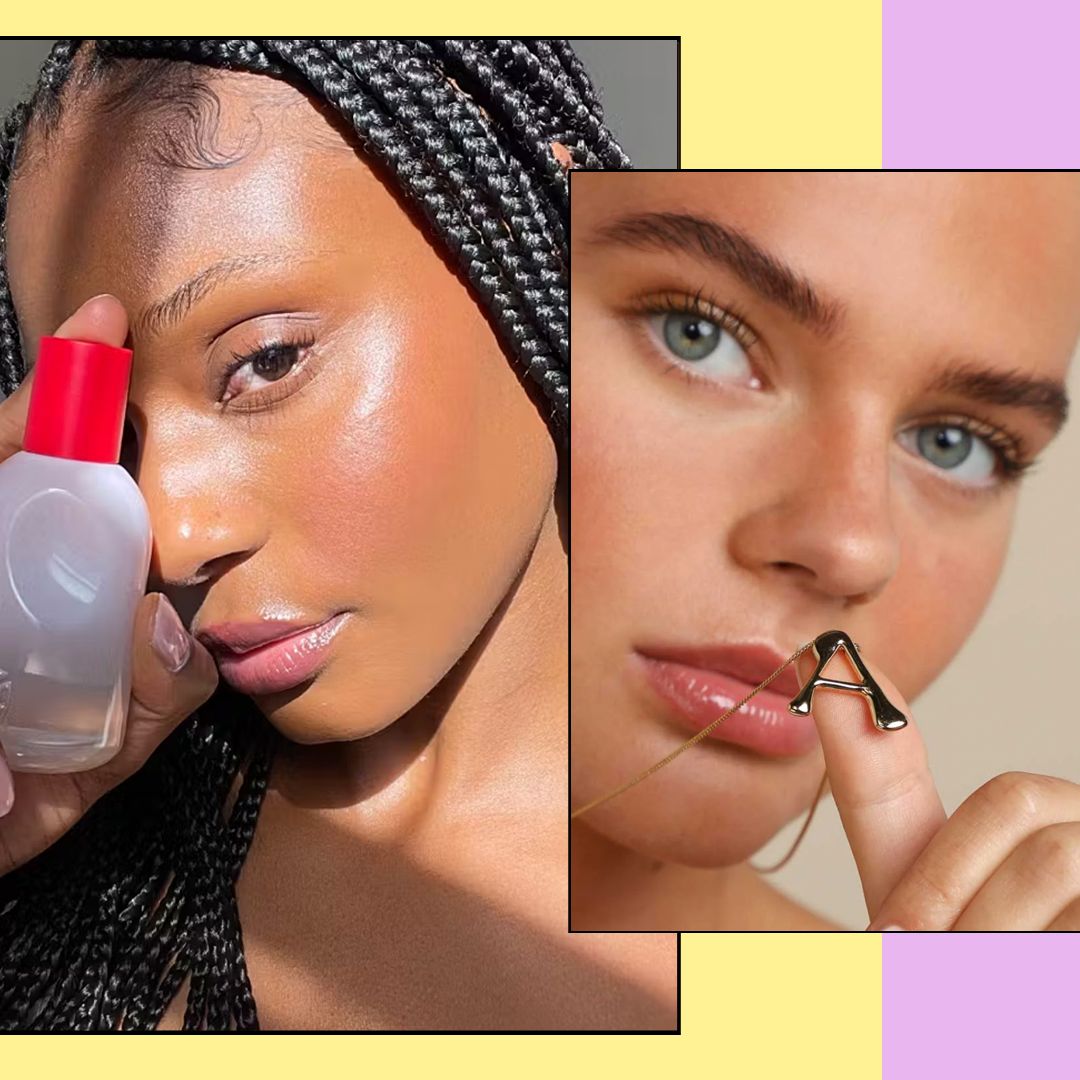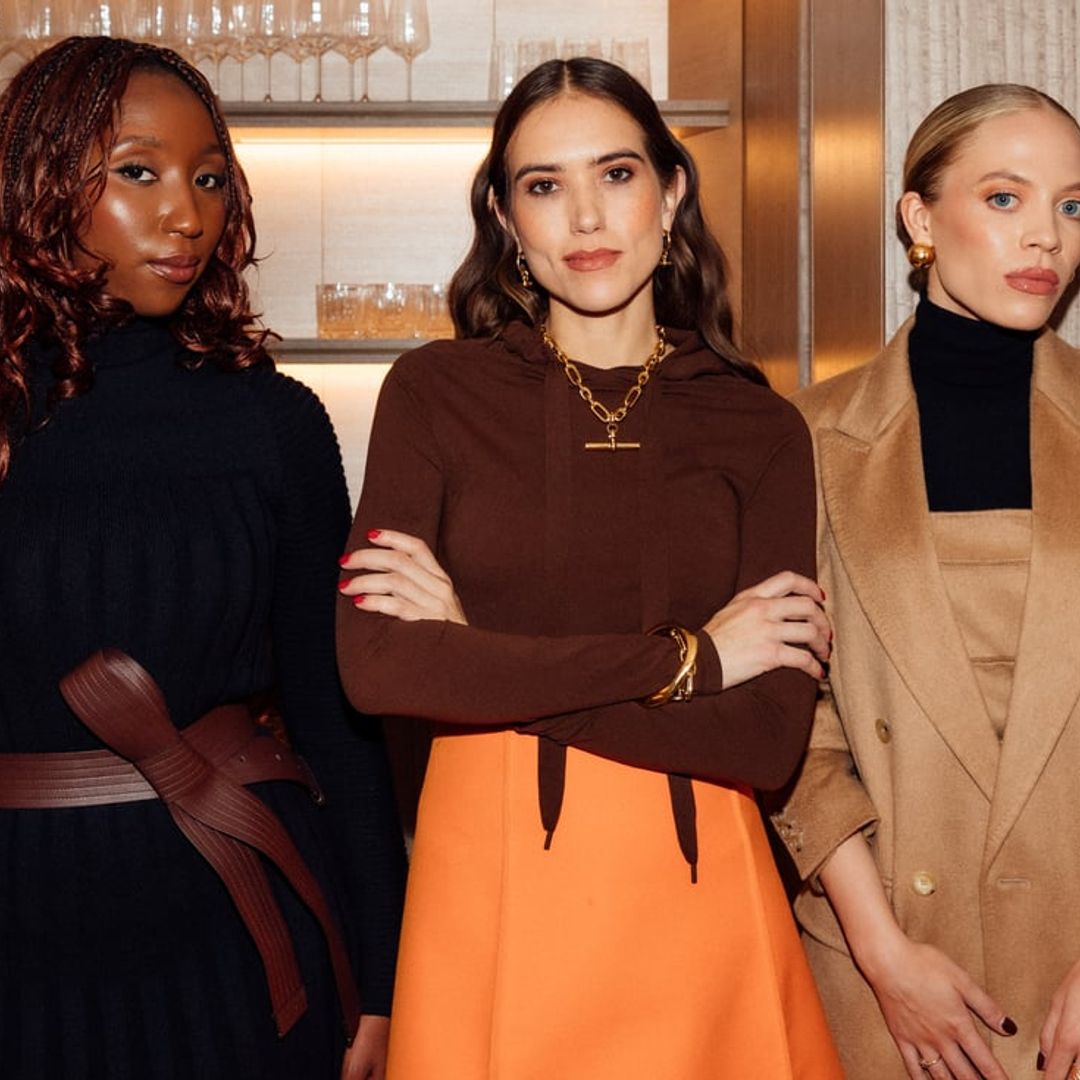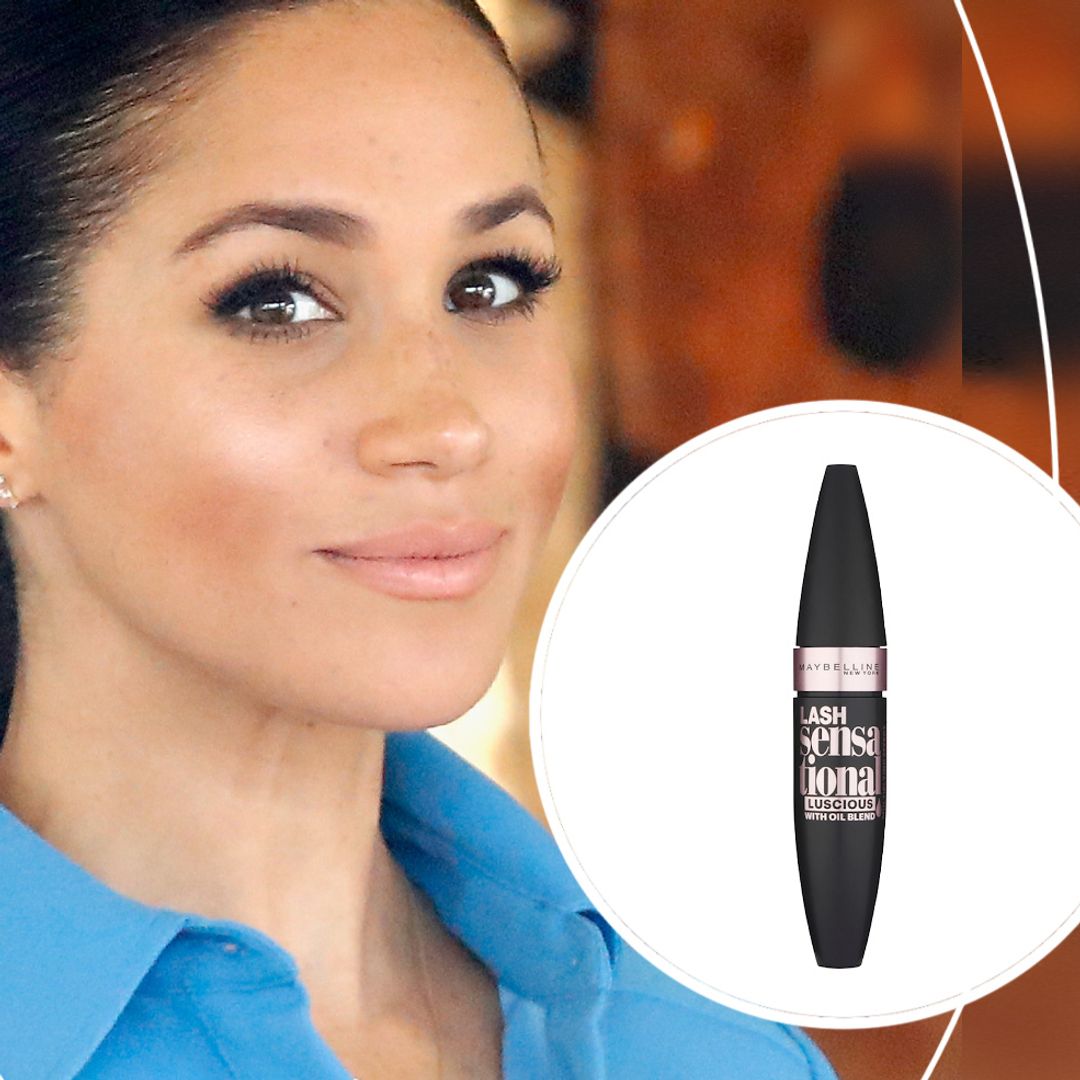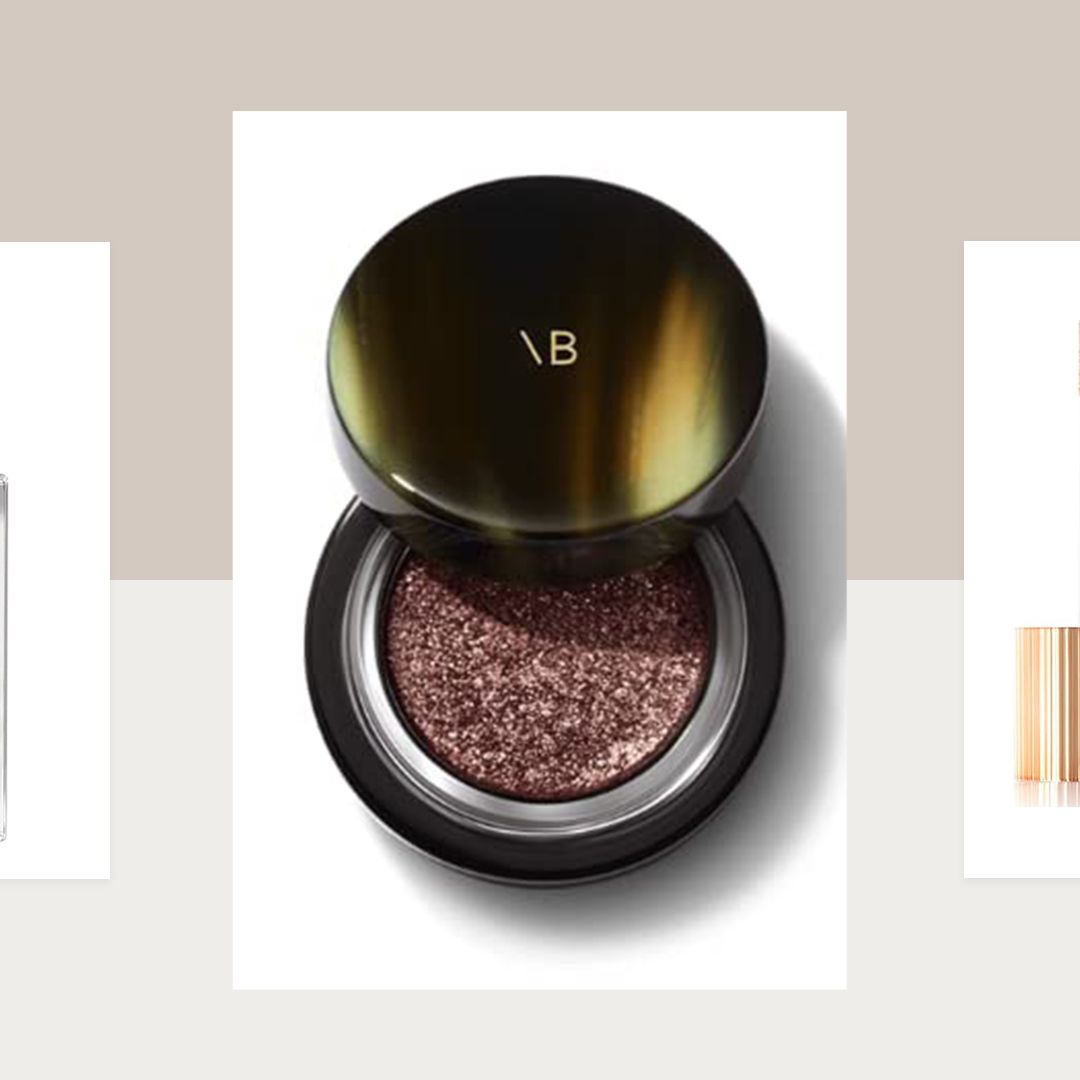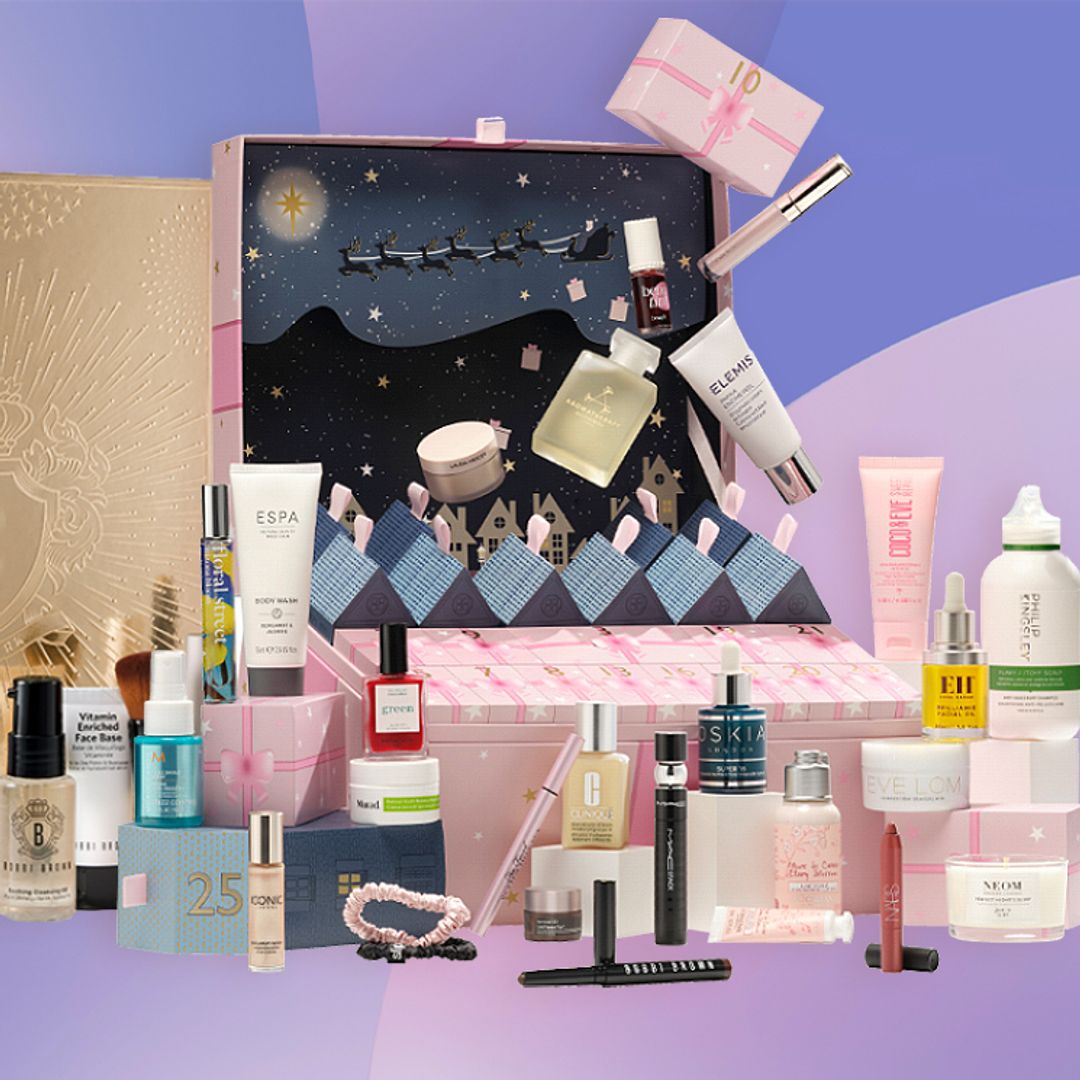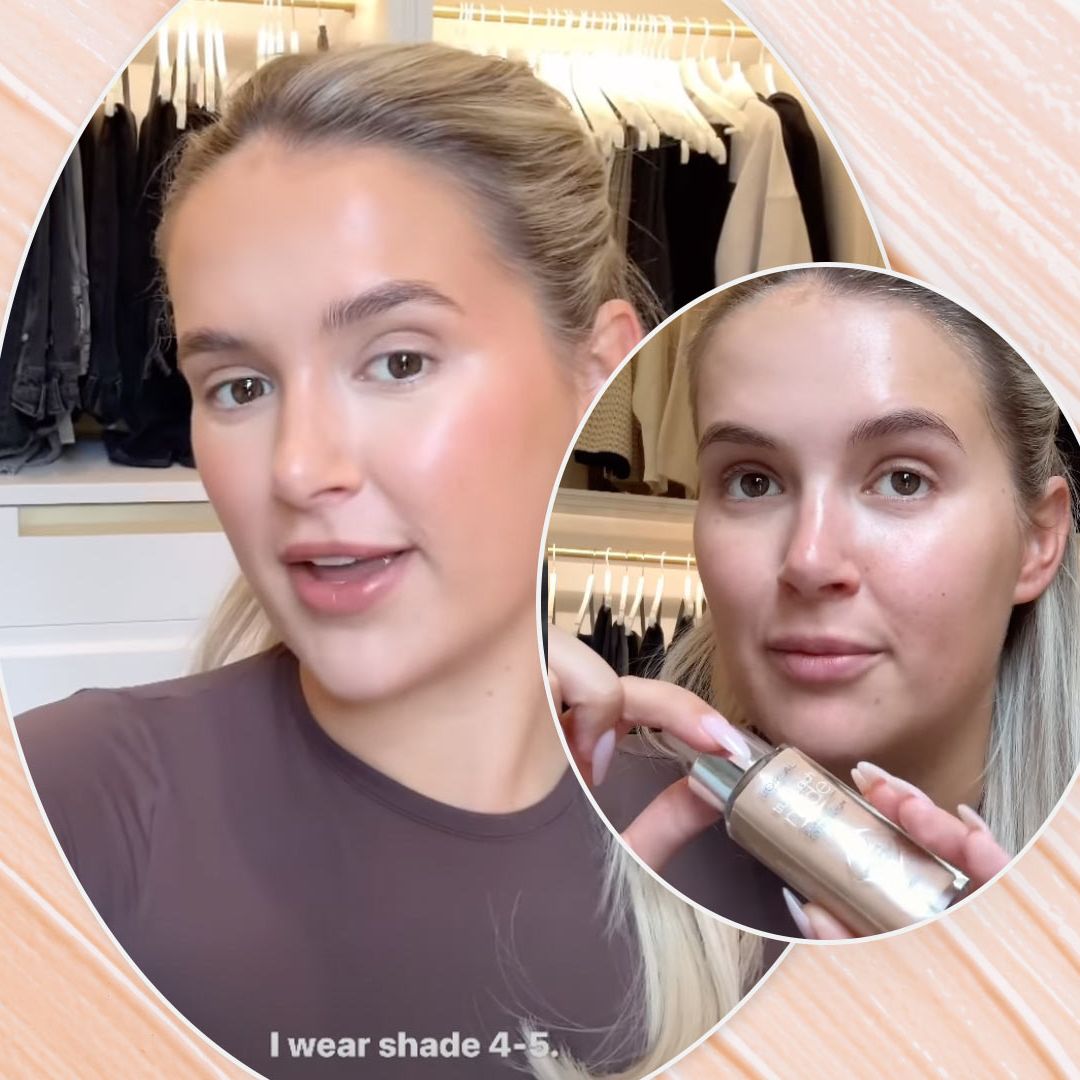Are they really that important? Yes! Each brush is designed for a unique purpose. A thin brush can help you blend a dark eyeshadow effortlessly, whereas a large and flat one with soft hairs is perfect for liquid or cream foundation. A make-up artist's secret weaponWhile applying make-up products, the brushes the artist chooses play a huge role in your final look. The tool´s thickness, strength, size and flexibility all show in the end result. To achieve the most flattering effect, play around and see how you can make the most of each stroke. Cleansing – not just for the faceClean them frequently, either after each use or once a week. You can wash with water and soap. Afterwards, use your fingers to comb the hairs back to a point, lay the brush down and leave it to dry. Change it upIf properly cared for, they can last for upto 12 years! They really are a long-term investment. Brushing upYou don't have to buy a brush for each specific product. They are designed for diverse uses. With time and practice, it will soon be pure instinct as to which ones work best for you. To start you off, here's a handy guide: Thick, fan-like brushes: These help spread any type of powder evenly. Medium brushes: Ideal for blush and bronzers. Small brushes: To apply eyeshadow. The smaller they are, the more shadow left on the eyelid for a more dramatic and defined effect. Flat synthetic brushes: Perfect for applying concealer to hide those dark circles under your eyes. The larger kind can be used for quick touch-ups. Extra-small brushes with a point: Liquid eyeliners. Lip brushes: Obviously for your lips, they achieve a matte texture. Small and extremely soft, they are perfectly precise.
The brush basics: A complete guide to these important make-up tools
Transform your routine with expert advice from our beauty and wellness team
By entering your details, you are agreeing to HELLO! Magazine User Data Protection Policy. You can unsubscribe at any time. For more information, please click here.

